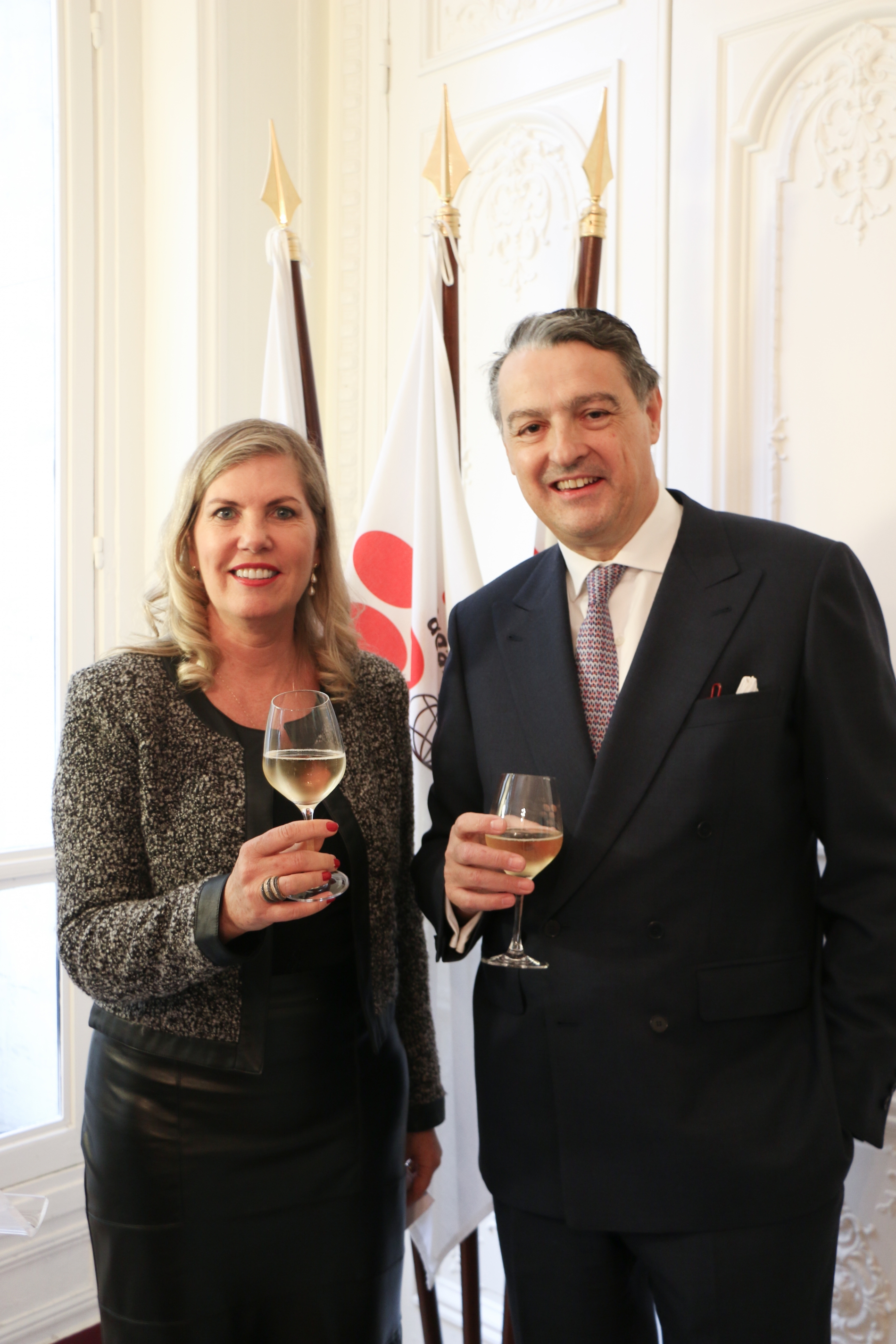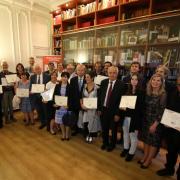
Each year, the OIV calls upon the skills of numerous people and specialists from around the world to read and evaluate submissions on vine and wine according to specific criteria for the OIV Awards.
Each work is evaluated by several readers of different nationalities.
Would you like to be one of our reader-evaluators?
Or have you already been a reader for the OIV Awards and would like to do it again?
Contact the OIV Award Jury Secretariat at jurydesprix@oiv.int before 28 February 2019.
Important note: If you are an author, contributor or coordinator of a work presented for the OIV Awards in 2019, you cannot evaluate another submission.
If your profile (profession, nationality, working language(s), skills, specialities, etc.) meet the requirements to evaluate one or several works, the Award Jury Secretariat will contact you by email in March 2019.
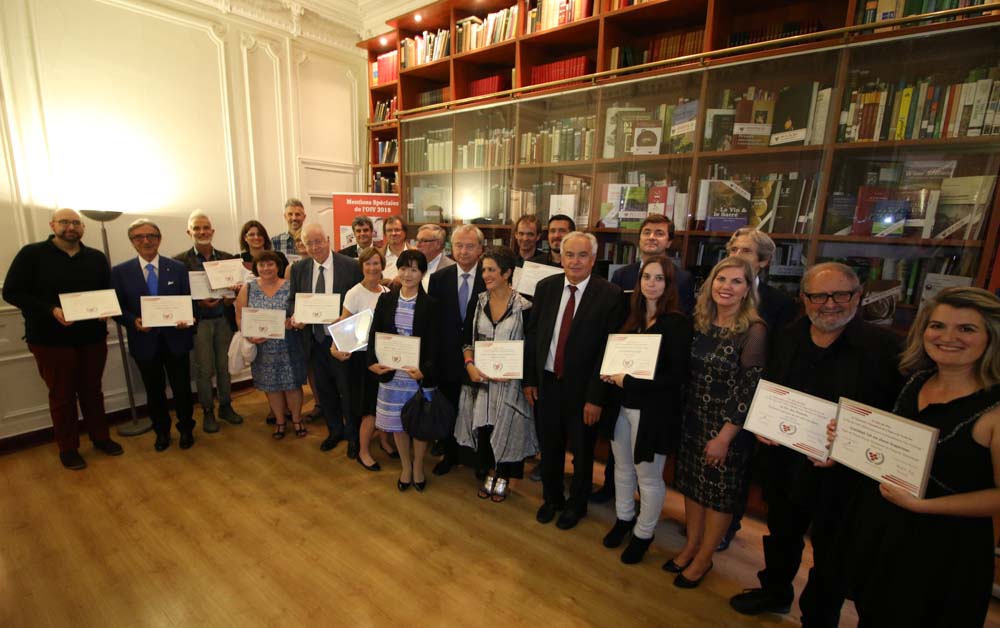
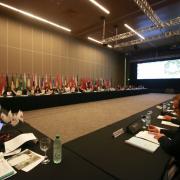
Decisions on Viticulture and the Environment
- In the field of viticulture, the OIV adopted a recommendation to encourage research and study relating to the use of plant extracts, specific sustainable fertilisers, hormones, agronomic practices and chemical products as alternatives to synthetic dormancy-breaking products used in table grape production (Resolution OIV-VITI 607-2018).
- A recommendation to encourage research and study relating to the use of biological-control agents, anti-microbial natural plant extracts, physical agents or treatments for sustainable decontamination and agronomic solutions as alternatives to sulphites and other preservatives in the production of table grapes and dried grapes (Resolution OIV-VITI 608-2018).
- OIV Protocol for the sustainable use of water in viticulture (Resolution OIV-VITI 569-2018). This protocol defines good water management practices based on sustainability principles, taking into account the consequences of limited supply of water in some areas or regions and in some years, as well as the need to ensure its more efficient use in vitivinicultural production. Sustainable use of water can be achieved through the appropriate selection and management of the vineyard, planting material, soil and cover crop, as well as by ensuring the availability of appropriate and timely water supply, by limiting losses as much as possible.
- The OIV adopted a recommendation on OIV good practices for the minimisation of the impacts associated with plant protection product application in vineyards (Resolution OIV-VITI 592-2018). These good practices constitute the basis for reasoned use of the optimum plant protection products and technical recommendations relating to the application of these products in the vineyard. The criteria suggested are based on the different official protocols enacted by OIV Members and are intended to reduce as far as possible the risks for humans and the environment, within the framework of responsibility and sustainability. These guidelines should be revised periodically.
Decisions on Oenological Practices
Several resolutions relating to new oenological practices will be added to the International Code of Oenological Practices of the OIV, in particular:
- The OIV has continued work on the differentiation of substances already permitted by the OIV from substances used as additives or as processing aids, particularly with regard to glutathione (Resolution OIV-OENO 567B1-2018) and tannins (Resolution OIV-OENO 567C-2018). This distinction will help to establish better harmonisation among the international organisations and to facilitate the international trade of grape wines.
Decisions on Specifications of Oenological Products
The following monographs have been added to the International Oenological Codex, in particular:
- The monograph on the determination of hemicellulase activity in enzymatic preparations (Resolution OIV-OENO 573-2018). Hemicellulases catalyse the degradation of hemicelluloses. The hemicelluloses of the cell walls of grape berries are mainly composed of xyloglucans and arabinoxylans; these two polysaccharides represent nearly 90% of grape hemicelluloses. The hemicellulase activity of enzymatic preparations is evaluated by measuring the 1,4 -ß -xylanase activity. Enzymatic preparations containing hemicellulase activities are used during grape maceration, and in the clarification and improvement of the filterability of musts and wines.
- The monograph on potassium carbonate (Resolution OIV-OENO 579-2018), which may be used for the deacidification of musts and wines. Detailed specifications accompany this monograph, including that the product intended for oenological applications should contain a minimum of 98% potassium carbonate.
- The monograph on yeasts with guaranteed glutathione levels (Resolution OIV-OENO 603-2018), which supplements the oenological practice. Glutathione is used for its antioxidant properties that can fight against oxidation phenomena in musts and wines and protect aromatic compounds. Detailed specifications accompany this monograph, including those regarding the reduced glutathione, cysteine and gamma-glutamylcysteine contents.
- A revision of the monograph on oenological carbon, relating to the level of ashes when the carbon is agglomerated with bentonite (Resolution OIV-OENO 604-2018).
Decisions on Methods of Analysis
During this same session, it was decided that new methods of analysis will be added to the OIV analytical corpus. These include, in particular:
- The update of the method for the determination of sulphur dioxide, distinguishing the method for the determination of free sulphur dioxide, a Type IV method (Resolution OIV-OENO 591A-2018) from that for the determination of total sulphur dioxide, a Type II method (Resolution OIV-OENO 591B-2018). The principle of these methods is based on the entrainment of sulphur dioxide by a current of air or nitrogen; it is fixed and oxidised by bubbling through a dilute and neutral solution of hydrogen peroxide. The sulphuric acid formed is determined by titration with a standard solution of sodium hydroxide.
- The method for the determination of ethanal in wines was adopted (Resolution OIV-OENO 595-2018). The method described is suitable for the determination of the total (free and sulphur-dioxide-bound) ethanal in wines for concentrations of between 0.2 and 80 mg/L. The analyte is identified by derivatisation of the molecule with 2,4-dinitrophenylhydrazine (DNPH) followed by elution using the HPLC technique. Detection is evaluated using the retention time at the wavelength of 365 nm.
- The update of the method for the determination of total acidity in vinegars (Resolution OIV-OENO 597-2018). The principle of this method is based on the neutralisation of acids in sample by alkaline solution. The modification made consists of ensuring that the water used is free from CO2, which produces an acidic reaction and could influence the final result of the titration.
- The method for the determination of L-lactic acid in wines by specific enzymatic analysis using an automatic sequential analyser (Resolution OIV-OENO 598-2018). This method is characterised on a scale of measurement of 0.06 to 1.43 g/L. The principle of this Type III method is based on the reaction of nicotinamide adenine dinucleotide (NAD) with L-lactic acid, which is oxidised to pyruvate. The pyruvate formed is then converted into L-alanine in the presence of L-glutamate. The reduced nicotinamide adenine dinucleotide (NADH) produced is measured thanks to its absorption at 340 nm. It is proportional to the quantity of L-lactic acid.
- The method for the determination of L-malic acid in wines by specific enzymatic analysis using an automatic sequential analyser (Resolution OIV-OENO 599-2018). This method is characterised on a scale of measurement of 0.12 to 2.30 g/L. The principle of this Type III method is based on the reaction of nicotinamide adenine dinucleotide (NAD) with L-malic acid, which is oxidised to oxalate. The oxaloacetate formed is then converted into L-aspartate in the presence of L-glutamate. The reduced nicotinamide adenine dinucleotide (NADH) produced is measured thanks to its absorption at 340 nm. It is proportional to the quantity of L-malic acid.
- The method for the determination of the total D-glucose + D-fructose in wines by specific enzymatic analysis using an automatic sequential analyser (Resolution OIV-OENO 600-2018). The method is characterised on a measurement range of 0.1 to 96.31 g/L, taking into account the introduction of a dilution of the sample beyond 5 g/L. The principle of this Type III method is based on the reaction of nicotinamide adenine dinucleotide phosphate (NADP) with glucose-6-phosphate, which is oxidised to gluconate-6-phosphate. The quantity of reduced nicotinamide adenine dinucleotide phosphate (NADPH) produced directly correlates with that of glucose-6-phosphate and thus with that of D-glucose. Fructose-6-phosphate (F6P) is converted into glucose-6-phosphate (G6P) in the presence of phosphoglucose isomerase (PGI), which is oxidised according to the previous reaction. The reduced nicotinamide adenine dinucleotide phosphate (NADPH) produced is measured by way of its absorption at 340 nm.
- The update of the method of analysis of volatile compounds in wines by gas chromatography (Resolution OIV-OENO 606-2018). This update consists of integrating the results of the inter-laboratory test carried out and classifying the types of methods according to the compounds considered.
- The update of the method for the determination of releasable 2,4,6-trichloroanisole in wine by cork stoppers (Resolution OIV-OENO 623-2018). The modification made concerns the quantity of sodium chloride that may be added in order to increase the effectiveness of extraction and the sensitivity of the method according to the potential matrix effects that may occur. Similarly, a selection of specific ions for quantification by mass spectrometry was specified.
Decisions on Safety and Health
- Finally, the OIV adopted an update of the decision tree for toxicological evaluation of processing aids and additives used in vine products (Resolution OIV-SECSAN 627-2018). This update was developed with a view to its use during the adoption procedure for an oenological practice involving processing aids or additives.
The full texts of the resolutions adopted by the 16th OIV General Assembly will shortly be available here.
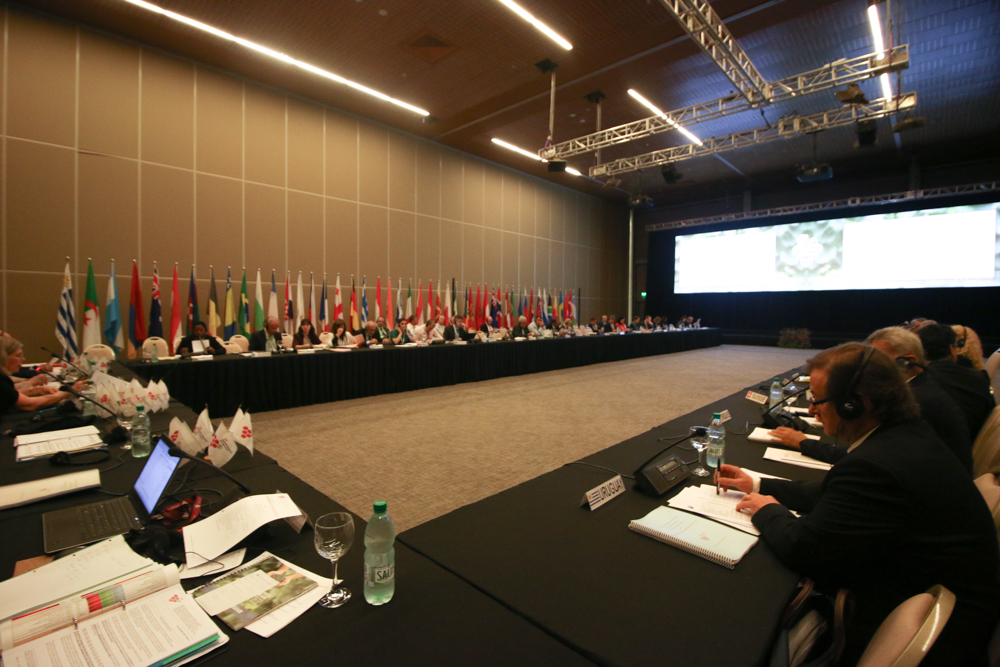
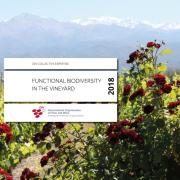
The new OIV collective expertise report “Functional biodiversity in the vineyard” presents an overview about functional biodiversity in vineyards and tries to illustrate the major aspects of functional biodiversity in the viticultural sector as:
- Why enhancement of biodiversity and on what extent is beneficial for the vineyard?
- Identify and illustrate different ecological infrastructures existing in the vineyards;
- Identify and illustrate major mechanisms of interactions between species or group of species;
- Identify and illustrate how these interactions can be used for the benefit of the vineyard.
This document has been drafted in the framework of Commission Viticulture (ENVIRO group: «Sustainable development and climate change») and may be consulted here.
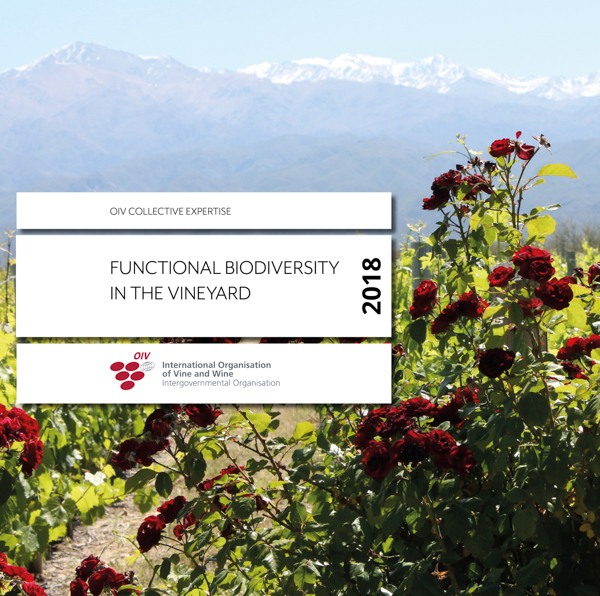

Pau Roca has been a Spanish delegate to the OIV since 1992 and was President of the “Law and Consumer Information” (DROCON) Expert Group between 2010 and 2016, as well as Vice-President of the “Sustainable Development and Climate Change” Expert Group between 2016 and 2018.
A Francophone and Anglophone polyglot, Pau Roca has specific, in-depth knowledge of the global vitivinicultural sector and expertise acquired at the head of the Spanish Wine Federation (FEV), which he managed for over 20 years.
The new Director General has had a diversified professional career, having gained experience in the olive oil sector and started out in scientific research in oceanography.
With the President of the Organisation, Regina Vanderlinde, the new OIV Director General already has a meeting scheduled with the Organising Committee of the 42nd World Congress of Vine and Wine, in addition to a visit to the site for the Congress in Switzerland. This week will also be an opportunity to present the OIV’s commitments for 2019 to representatives from the Diplomatic Corps, administrations and professionals in the vitivinicultural sector.
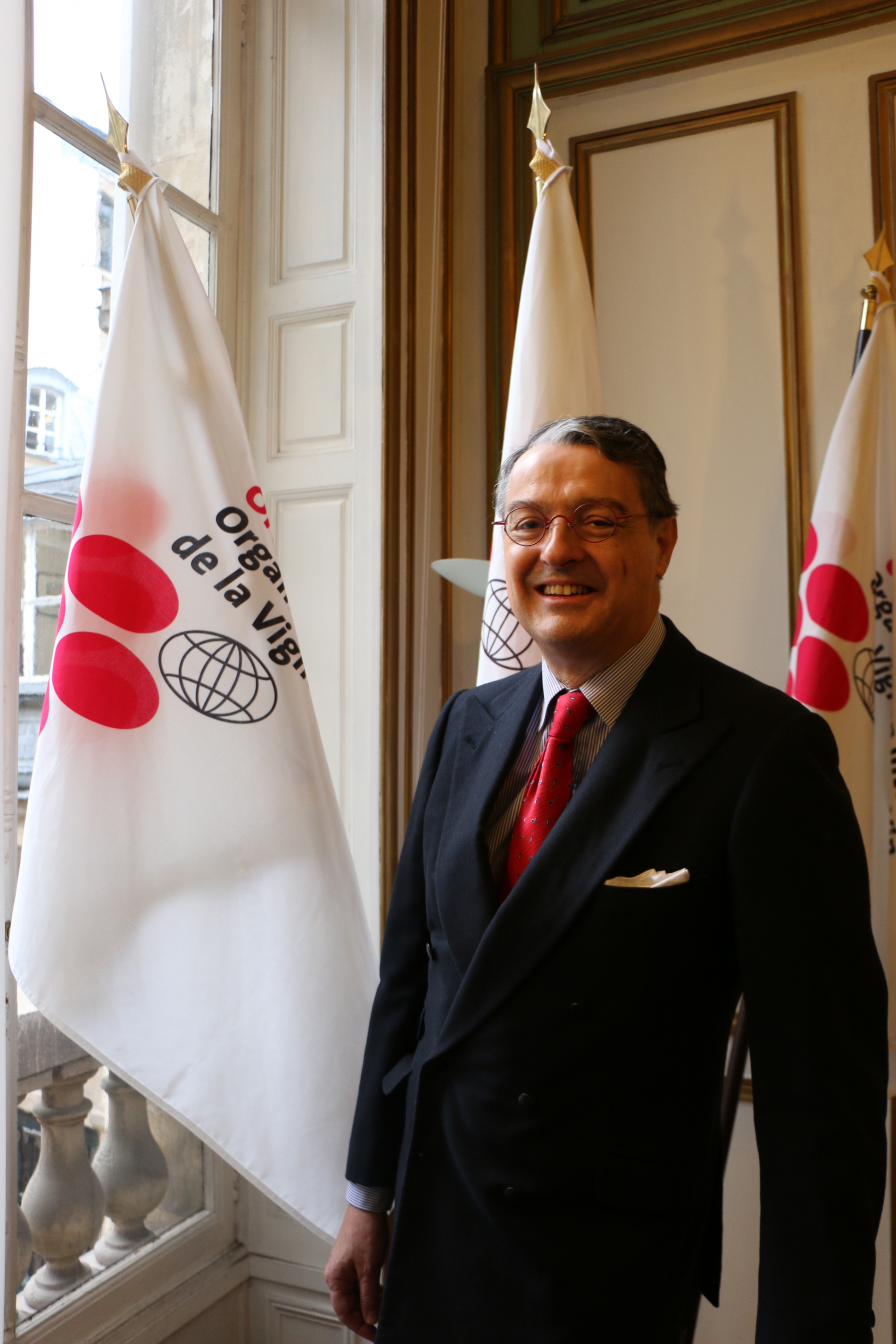
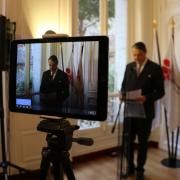
The ceremony, which coincided with the commencement of his duties, represents ‘a new phase’, with Pau Roca feeling ‘responsible for the whole team, and each of the countries in the OIV’.
In his address, Pau Roca emphasised the role of new technologies and new modes of communication, which in his view ‘are moving us forward at a rate of constant acceleration’. In this regard, ‘neither the wine sector nor the Organisation itself can stand by and witness these phenomena without becoming deeply involved and integrating these innovations and new tools’. For the Director General of the OIV, ‘the universalised use of these technologies will radically change the economy and legal relations. New ways to encrypt, store and transfer information, to validate authority, and to secure and distribute databases and metadata, will dramatically change our environment.’
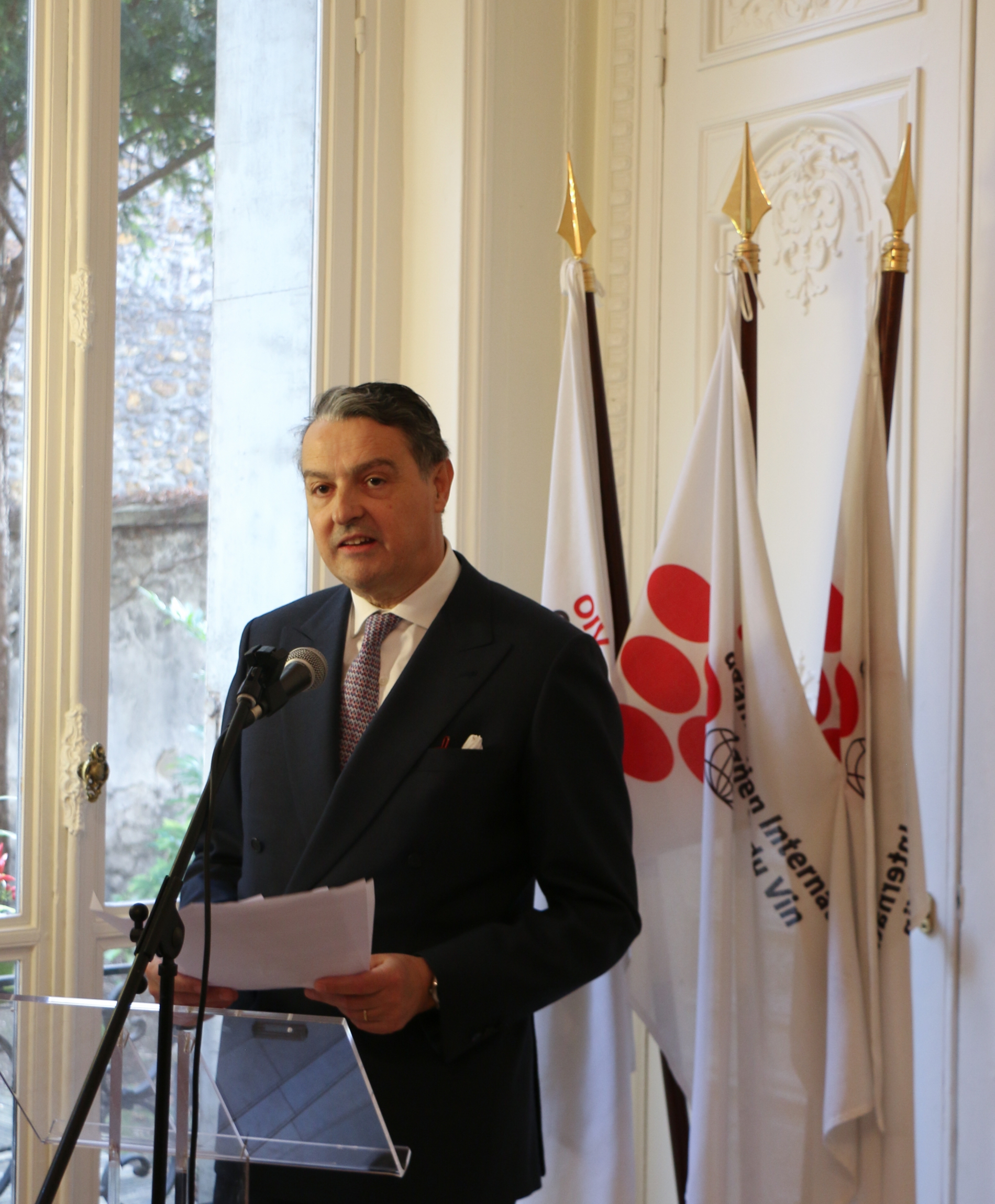
The OIV Strategic Plan
With over a 100 million hectolitres in wine exports, representing a value of more than EUR 30 billion, the proportion of cross-border trade in relation to production is a key success factor for the wine sector. On this point, Pau Roca reiterated the OIV’s mission to reinforce and maintain the balance between the consumer and producer markets. To this end, the Organisation should guarantee that ‘regulations never become an excuse to erect barriers and generate confrontation; rather, they should serve consumers and the interests of producers in a balanced and shared value chain, while ensuring the preservation of pluralism and diversity’.
The OIV’s future five-year plan must address the challenges of the sector. In 2019, the Organisation will develop its next Strategic Plan. Pau Roca wishes to propose to the OIV Member States a strategy focused on a number of priority areas, such as:
- to contribute to efforts directed at ensuring not only the environmental sustainability, but also the social, economic and cultural sustainability of our sector,
- to stay informed and to prepare for adaptation to the digitisation of the sector and its information systems, at an appropriate pace and identifying all the processes that are likely to change,
- to offer to OIV Member States a service that ensures the economic development of production and trade by providing good regulatory and administrative practices.
Finally, the Director General of the OIV invited all governments to form their delegations with highly competent people to participate in the expert groups at the upcoming April meetings, thereby actively participating in the sharing of collective expertise that constitutes the foundation of the OIV.
The role of women in the wine sector
OIV President Regina Vanderlinde also expressed her desire to move forward in 2019 with the dossiers currently being reviewed by the OIV, and was delighted to be the third consecutive woman to be elected within the Organisation: ‘I believe that my position entrusts me with the duty of representing women in a largely male-dominated industry. At the last OIV Congress, held in Uruguay, I received many words of thanks and appreciation from young female students and women in the sector.’ She added, ‘I am proud to be the spokesperson of the OIV in promoting the presence of women in this sector.’
42nd World Congress of Vine and Wine
The year 2019 will also see the OIV World Congress of Vine and Wine and General Assembly being held in Geneva, Switzerland, from 15 to 19 July 2019. Preservation and innovation will be the watchwords of the next Congress, which is an annual opportunity to meet viticulture experts from all over the world. This year the Congress will close with the Fête des Vignerons winegrowers’ festival in Vevey, a unique event recognised on UNESCO’s List of the Intangible Cultural Heritage and held every 20 years.
